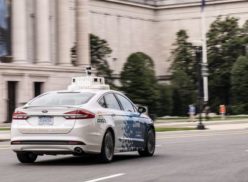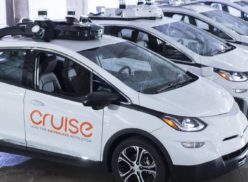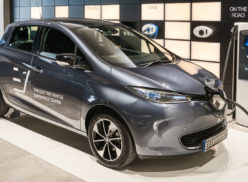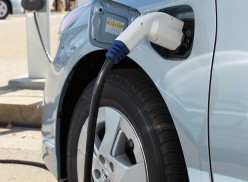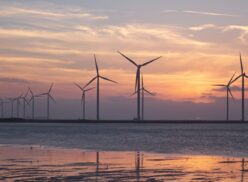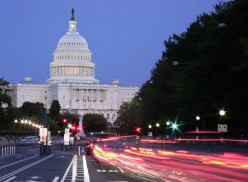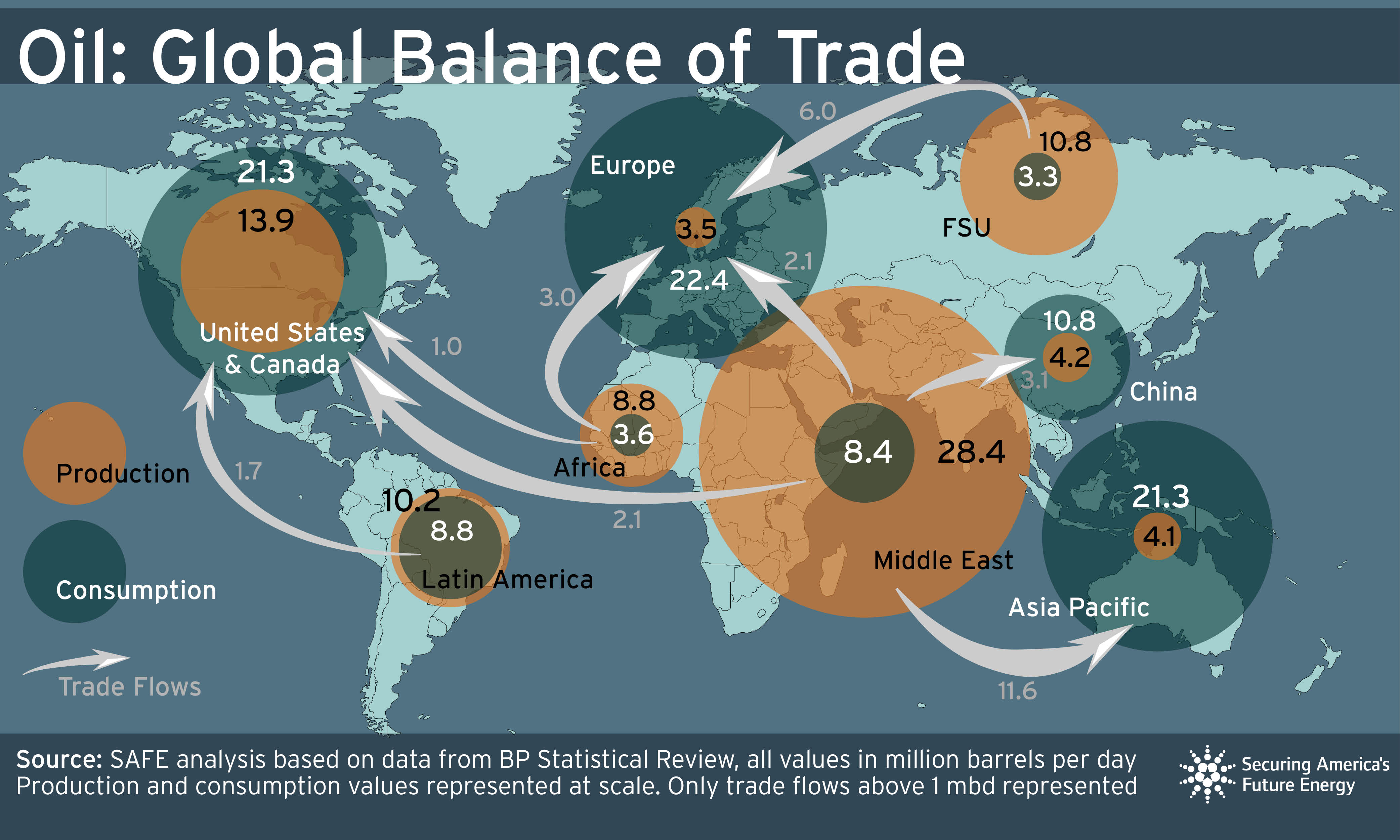A series of successive climate disasters has exposed U.S. infrastructure as entirely unfit for the 21st century as storms, drought, wildfire and floods grow increasingly destructive.
At the same time, the U.S. Congress is considering massive investments that could address infrastructure, clean energy, economic inequality and climate change all at once. But even as thousands of Americans flee infernos and try to keep their heads above water in cities overwhelmed by historic floods, it is still unclear if Congress can muster up enough votes to take action.
Disasters deliver repeated blows
The California wildfires began in various parts of the state in June and continue to devastate parched areas. Dry weather and high winds pushed the Caldor Fire to the edges of Lake Tahoe in recent days, forcing thousands of people to evacuate.
Hurricane Ida, rapidly intensifying from a tropical depression into a Category 4 hurricane, tore through Louisiana on Sunday and Monday. The storm destroyed eight high-voltage transmission lines, leaving roughly a million people without power. The state’s (and a substantial part of the country’s) oil and gas infrastructure was also badly damaged, with refineries and oil production expected to take weeks to recover. The good news is that Louisiana’s levees mostly held up even during such a catastrophic storm, sparing New Orleans from the worst. But the good news pretty much ends there.
Ida continued its destructive path northward. Despite being downgraded from hurricane status, the storm ripped through the northeast, where the resulting floods actually killed more people than they did in Louisiana. Philadelphia and New York City were severely inundated with flash floods.
Roads and highways were completely submerged, waterfalls cascaded into the subway system, and cars were tossed and dragged around like toys. “The subways, in particular, have come to act as a default sewer whenever heavy rains overwhelm the city’s actual sewer system,” the New York Times wrote.
Tens of thousands of people were without power in New York and New Jersey on Thursday. And still, nearly a week later, hundreds of thousands are without power in Louisiana.
American cities and rural areas alike have been exposed as being completely unprepared for a changing climate.
Fires in the West, floods in the East and South – these disasters all occurred essentially at the same time in very different parts of the country. American cities and rural areas alike have been exposed as being completely unprepared for a changing climate.
Preparing for the future
The disasters are heightening the pressure on Congress to take action.
“If we’re going to make our country more resilient to natural disasters wherever they are, we have to start preparing now,” Senator Bill Cassidy (R-LA) said Monday on CNBC. “I’m sure hoping that Republicans look around my state, see this damage and say, ‘If there’s money for resiliency, money to harden the [power] grid, money to help sewer and water, then maybe this is something we should be for.’”
Sen. Cassidy, however, opposes the $3.5 trillion budget reconciliation package under consideration that would do a lot more to prepare his state for a warming world and actually get to the source of the problem: the urgent need to lower greenhouse gas emissions.
The reconciliation package would accelerate decarbonization in the electric grid, put billions of dollars into the electrification of the transportation system, and weatherize homes. It would pour money into national labs and energy R&D. It would establish a Civilian Climate Corps that would help restore wetlands and do fire suppression to buffer against increasingly severe disasters. There are many more details that need to be fleshed out but in the aggregate the package is critical to slashing greenhouse gas emissions in half by 2030 in line with the Biden administration’s goal. At the same time, it would provide enormous sums to help the country adapt.
A few months ago, a frequent debate inside the beltway centered on what actually counted as “infrastructure.” The logic was that the definition of infrastructure should only narrowly include conventional concepts of concrete and steel – roads, bridges, ports, rail and the like.
Limiting large-scale federal investments to repaving highways and patching up bridges would be a missed opportunity of the highest order.
But limiting large-scale federal investments to repaving highways and patching up bridges would be a missed opportunity of the highest order. Worse, it would condemn the U.S. to an increasingly bleak future, in which one climate disaster blends into the next, making “recovery” in any meaningful sense further and further out of reach.
To be clear, extreme weather is becoming more extreme, and will continue to do so for the foreseeable future, regardless of what Congress does at the moment. But the disasters will only get worse absent action to cut emissions, and the ability to withstand them will wither unless aggressive investments are made.
However, that bleak outlook is not inevitable. The Congress is currently debating and writing the reconciliation package, and even as some Democrats hesitate, there remains a chance that Congress seizes a once-in-a-generation opportunity to make enormous progress on overlapping problems.

